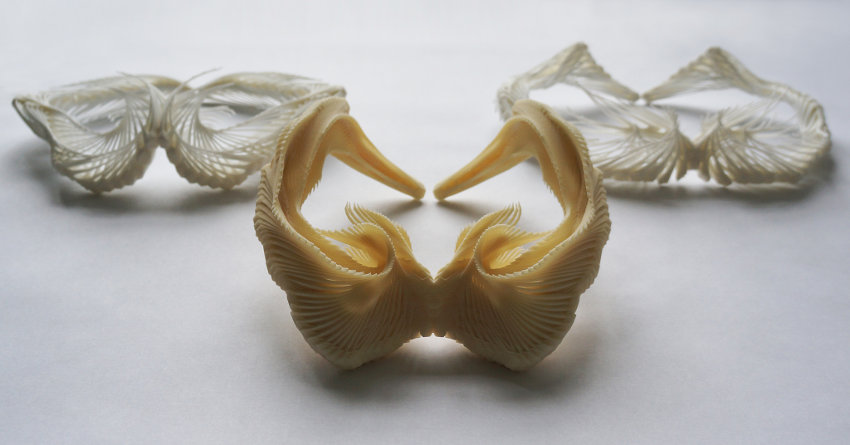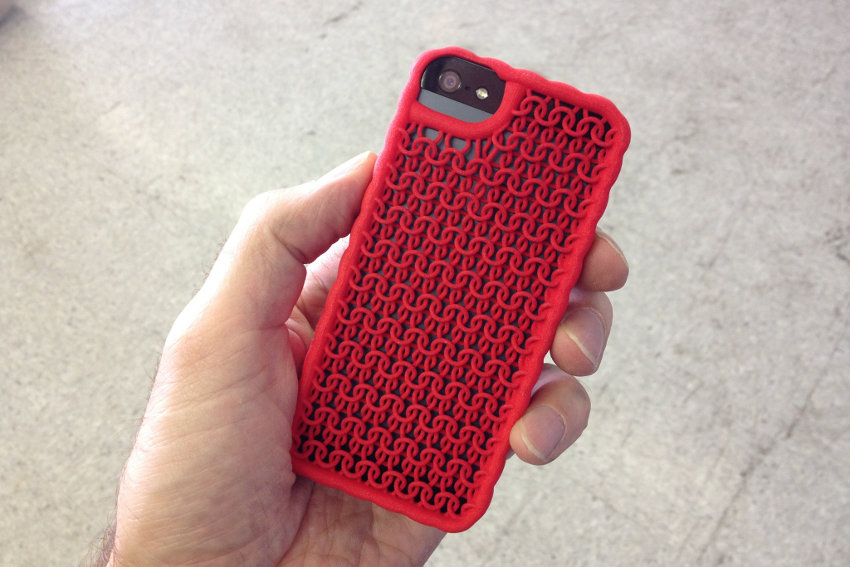As the technology improves and the cost per unit continues to fall, 3D printing will become more prevalent in small business operations over the next half a decade. With the potential to be at the forefront of the most significant advent in mass production since Henry Ford developed the first commercially-viable moving assembly line over 100 years ago – 3D printing could oversee improvements in product development, lower overheads and reduce environmental impact.

Here, we look at five ways 3D printing could revolutionise small businesses in the next five years.
Reduced Production Costs
A 3D printer could significantly reduce production costs – particularly for companies manufacturing and selling products of varied designs. Rather than investing in or developing specialist machinery for every piece produced, a small business may be able to rely upon a 3D printer for numerous different design and manufacturing disciplines. Capable of forging 3D renderings from a number of different materials, a 3D printer could potentially operate as a small business’ complete manufacturing plant.
The wide variety of different uses for 3D printers has already been demonstrated by varied purposes for which they’ve already been used including the creation of human joints and the printing of edible ice cream.
Reduced Delivery Times
Allowing customers to print their own products at home through commercial 3D printers, delivery times could be reduced to mere minutes. By electronically delivering the automated instructions for printing the products at home, companies can ensure products reach their customers almost immediately. Not only will this increase customer satisfaction, it could prompt immediate feedback and open a healthy dialogue between company and consumer.
Whilst 3D printers are not currently commonplace in the homes of consumers, they are becoming more readily available. Models designed exclusively for home use are now stocked by printer suppliers like Printerland.

Increased Variety
Rather than forcing a square peg through a round hole, 3D printing could help businesses develop a model where every customer gets exactly the product they require. If a customer requires a slightly different model to one advertised in store, it could be instantly designed and built by a small business rather than having to initiate a lengthy process of correspondence the original manufacturer and making an ambitious request.
Removed Storage
Companies who develop a business wherein they will sell 3D print designs or programs to automatically print their products in the homes of their consumers can potentially completely remove the necessity for a storage facility or warehouse. Saving on leasing, utilities and staffing costs – removed storage can help improve your small business’ profit margins or allow you to pass the savings onto the customer.
Meeting Green Targets
The reduced production costs, delivery requirements and storage needs could all have significant environmental benefits. With a number of Government schemes developed to encourage more environmentally-friendly practices within business, 3D printing could help small businesses receive hugely beneficial grants for reducing their carbon footprint.
Photo credits: Kyle Pearce, Madeline Gannon, Shapeways / Flickr


